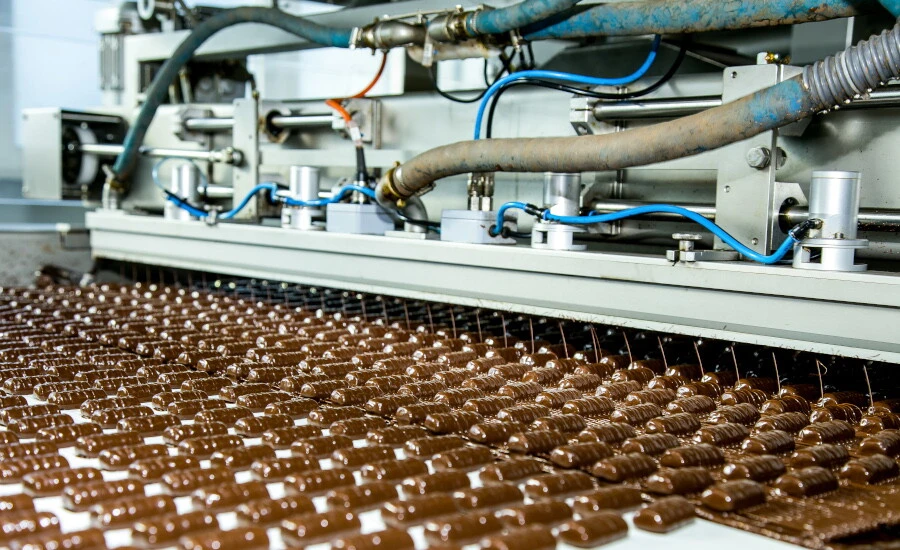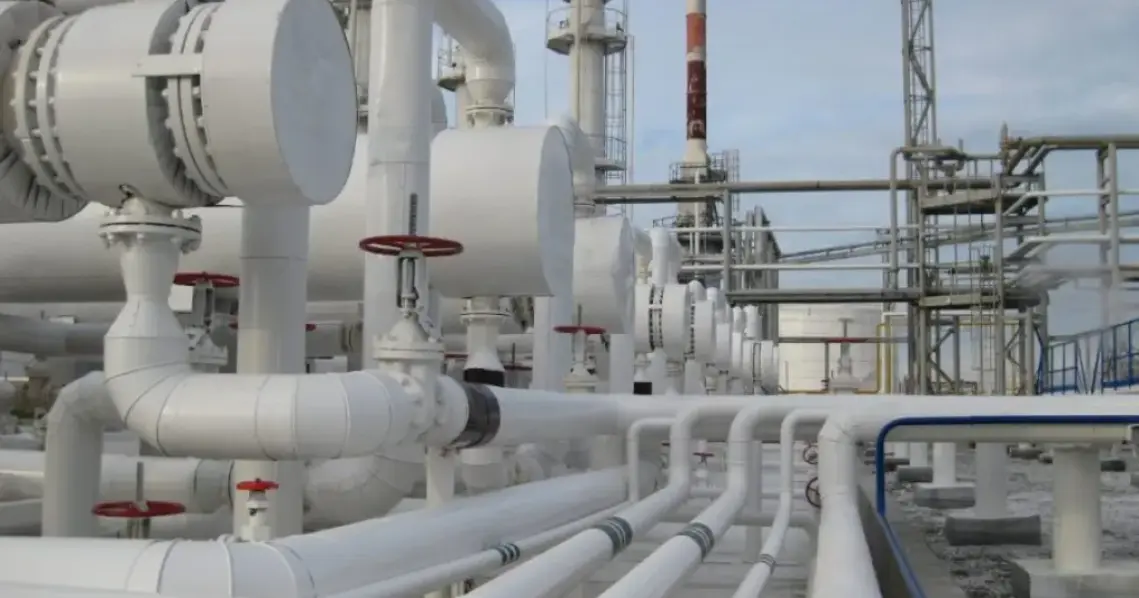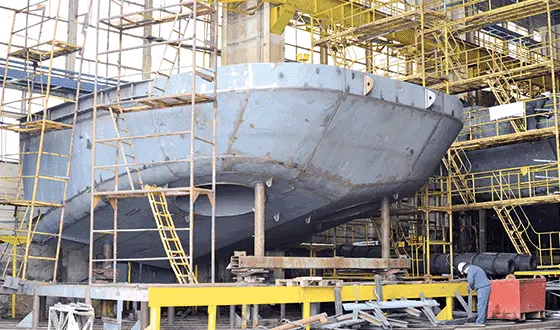A rod that passes through the center of a disc powers this valve. It is connected to an actuator that manages the disc's mobility. It is oriented with the flow either parallel or perpendicular to it. Unlike other valves, its disc is always in the flow, allowing pressure to cause it to shift positions.
The reason it is called a butterfly valve is that it moves like a flying wing. It moves like a wing and has a rod that resembles its body. This valve functions in exactly the same way as a butterfly's wings moving in a 90-degree circle upon landing.
The media flow in industry is started, controlled, and stopped by the butterfly valve application. Its disk fits all applications and rotates at a correct angle with minimum torque to open and close. These products are chosen over other valves because they are less expensive and lightweight. They are also better since they can resist corrosion and extremely high temperatures, among other things.
A butterfly valve makes sure that the integrity of the valve seal is maintained because corrosion and high temperatures are the two things that can easily undermine it. High-stakes applications like energy generation and petrochemical processing benefit from this capability.
Certain procedures call for wear-resistance valves with special features and greater tolerance. An excellent option for these purposes is a butterfly valve. Now let's examine some common uses for butterfly valves and their special mechanisms:
The complex and multifaceted network of enterprises that makes up the food processing sector provides edibles to everyone on the planet. Because food is served in large quantities, it is essential to ensure sanitation, safety, and quality. Workers in a factory or plant depend on it to make their labor less taxing and to complete tasks quickly, demonstrating its effectiveness.
Additionally, this contemporary piece of equipment keeps everything clean, so anyone with dietary restrictions or food allergies can be sure there is no contamination. In addition, they require less maintenance and cleaning than gate valves.
In the business world, excessive time spent cleaning equipment will slow down overall output and cost managers and supervisors a significant amount of money. The clever design of a butterfly valve application in industry eliminates such annoyances. Its material offers control over quality and safety and is simple to maintain.
These products are easy to control media flow with thanks to their clamp, which grants you control and simplifies operations. Its 0-90 degree opening and closing range allows for complete customisation by the workers for the particular task at hand. Finally, because all of its components go through extensive testing to make sure they are appropriate for the task at hand and processing, it is dependable.

Only heavy-duty valves, such triple-offset valves (TRVs), can survive the extreme conditions seen in isolated offshore oil rigs and gas pipelines. Refineries use aggressive media. These valves operate in extremely harsh settings, with temperatures exceeding 816 degrees Celsius, pressures surpassing 25,000 PSIG, and LNG cryogenic situations as low as -162 degrees Celsius.
When used in oil and gas applications, butterfly valves offer exceptional dependability, low maintenance requirements, and extended lifespans. They use materials that are strong, durable, and appropriate for the job since they can endure harsh media and survive explosive conditions.
When it comes to saving money, weight, and space, TVs are the most effective option for both critical and non-critical refinery applications that need isolation. With negligible leakage and pressure ratings up to ASME Class 1500, they provide outstanding performance in the turret of floating production storage and offloading vessels (FPSO), water treatment, and gas compression.

Above 1.5" to 148", a butterfly valve is utilized as a general shut-off valve. It is bubble tight and offers a tighter seal in industrial applications than a globe valve's gate. When attempting to halt the fluid flow via a closed pipe, it is beneficial. It uses a straightforward design, which results in it being smaller and lighter than other kinds of valves.
It serves as a throttling valve to regulate flow rates and is utilized for fluid stoppage and flow regulation in large-diameter pipelines. Because of its adaptable design, it may be used in a wide range of situations and is available in different sizes and designs to withstand varying pressures.
Butterfly valves are utilized in power generation industrial applications where ABS-approved materials are used because their utilization in the industry offers a high degree of durability and reliability. In order to stop fluid flow in the pipe, it creates a watertight shut-off. Because of their compact size, they can be utilized in the cramped areas that are typical on a ship.
These valves find numerous uses, including jack-up rigs, ballast systems, shipside, firefighting equipment, and residential pipes. Capacity lines, like those from tanks to pumps or seawater suction lines ahead and aft, are utilized with them.

- Cooling air, water, and gases.
- Slurry and vacuum services.
- High pressure, water temperature, and steam service.
- Compress air or gas applications.
- Regulating and isolating the flow.
- Preventing backflow in some situations.
A butterfly valve's stem is often put vertically, with the actuator situated above it; nevertheless, there are instances in which the branch is placed horizontally.
The quarter-turn processes have led to advancements in technology throughout time in the manufacturing of butterfly valves. Numerous firms are now producing these things on a wide scale with consistent quality due to the growing demand for them in various construction procedures. Due to their numerous benefits in a range of industrial applications, they are favored by many industries.
Large butterfly valves used in industry have gearboxes that facilitate quick and simple opening and closing of the device. It is inexpensive to construct since its straightforward design uses less material. They also take up less room, are incredibly dependable, and require very little maintenance because of their small design, which prolongs their useful life.
Therefore, the direct operating costs and hours required for valve maintenance are decreased when these products are used in industrial applications. Kindly get in touch with us if you want to buy premium butterfly valves.
